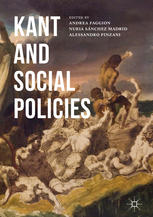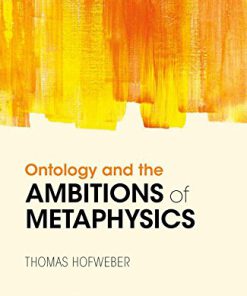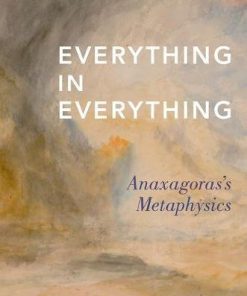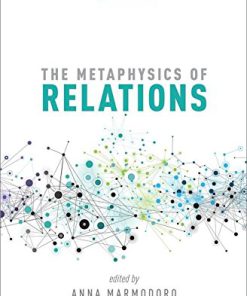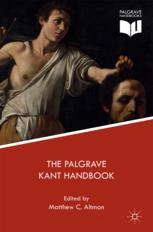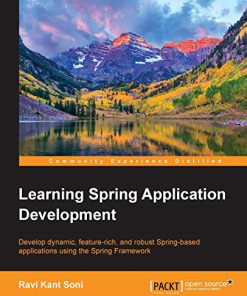Kant’s Modal Metaphysics 1st Edition by Nicholas Stang 0191021091 9780191021091
$50.00 Original price was: $50.00.$25.00Current price is: $25.00.
Kant’s Modal Metaphysics 1st Edition by Nicholas F. Stang – Ebook PDF Instant Download/DeliveryISBN: 0191021091, 9780191021091
Full download Kant’s Modal Metaphysics 1st Edition after payment.
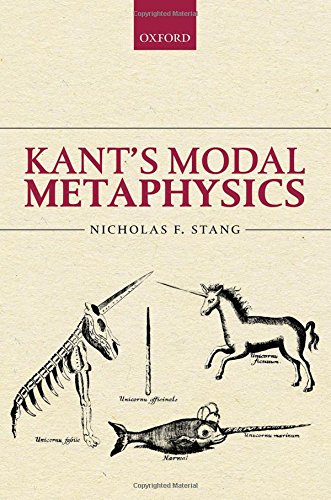
Product details:
ISBN-10 : 0191021091
ISBN-13 : 9780191021091
Author: Nicholas F. Stang
What is possible and why? What is the difference between the merely possible and the actual? In Kants Modal Metaphysics Nicholas Stang examines Kants lifelong engagement with these questions and their role in his philosophical development. This is the first book to trace Kants theory of possibility all theway from the so-called pre-Critical writings of the 1750s and 1760s to the Critical system of philosophy inaugurated by the Critique of Pure Reason in 1781. Stang argues that the key to understanding both the change and the continuity between Kants pre-Critical and Critical theory of possibility is his transformation of the ontological question about possibility-what is it for a being to be possible?-into a question in transcendental philosophy-what is it to represent an object as possible? The first half of Kants Modal Metaphysics explores Kants pre-Critical theory of possibility, including his answer to the ontological question about the nature of possibility, his rejection of the traditional ontological argument for the existence of God, and his own argument that God must exist to ground all possibility. The second half examines why Kant reoriented his theory of possibility around the transcendental question, what this question means, and how Kant answered it in the Critical philosophy. Stang shows that, despite this reorientation, Kants basic scheme for thinking about possibility remains constant from the pre-Critical period through the Critical system. What had been an ontological theory of possible being is reinterpreted, in the Critical system, as a theory of how we must represent possible objects, given the nature of our intellect.
Kant’s Modal Metaphysics 1st Table of contents:
PART I: Kant’s Pre-Critical Modal Metaphysics
1: Logicism and Ontotheism
1.1. Introduction
1.2. Logicist Metaphysics
1.3. Logicist Epistemology
1.4. Ontotheism
1.5. Possibilism
1.6. Real Predicates
2: Is Existence a Real Predicate?
2.1. Introduction
2.2. Descartes’ Ontological Argument
2.3. Leibniz’s Ontological Argument
2.4. Baumgarten’s Ontological Argument
2.5. The Argument in Beweisgrund: Leibniz
2.6. The Argument in Beweisgrund: Baumgarten
2.7. The Argument in the Critique of Pure Reason
2.8. Absolute Positing
3: Real Conflict, Real Grounds, Real Possibility
3.1. Introduction
3.2. Logical Grounds
3.3. Real Grounds
3.4. Real Conflict
3.5. The Argument for Real Incompatibility
3.6. Real Possibility
4: Grounding Possibility
4.1. Introduction
4.2. Two Requirements on Possibility
4.3. Harmony, Power, and Intellect
4.4. “This thought rises far higher than a created being can reach”
4.5. Possibility, Thought, and Content
5: Kant’s Modal Argument
5.1. Introduction
5.2. Absolute Necessity
5.3. The Only Possible Ground of Proof
5.4. Prior Replies to the Plurality Objection
5.5. E Pluribus Unum
5.6. How (Not) to Represent God
5.7. Kant’s Pre-Critical Modal Metaphysics
PART II: Kant’s Critical Modal Metaphysics
6: Real Possibility and the Critical Turn
6.1. Introduction
6.2. Modal Epistemology in the Prize Essay
6.3. Modal Epistemology in the Inaugural Dissertation
6.4. Relation to an Object
6.5. Intuition, Existence, and Possibility
6.6. Transcendental Philosophy and the Concept of an Object
6.7. A priori Cognition of Phenomena
6.8. No a priori Cognition of Noumena
7: Three Kinds of Real Possibility
7.1. Introduction
7.2. Critical Real Possibility
7.3. Formal Possibility
7.4. Empirical-Causal Possibility
7.5. Noumenal-Causal Possibility
8: Nomic Necessity
8.1. Introduction
8.2. What Nomic Necessity Is Not
8.3. Essences: Real and Logical
8.4. Essences, Natures, and Laws
8.5. Essentialism and Constructivism in Metaphysical Foundations
8.6. From Forms to Essences
8.7. Nomic Possibility as Real Possibility
8.8. Back to the Beginning
9: The Unity of Kant’s Modal Metaphysics
9.1. Introduction
9.2. Categories and Real Definitions
9.3. Unschematized Modal Categories
9.4. Absolutely Necessary Existence
9.5. Postulates of Pure Theoretical Reason
9.6. The Necessary Ends of Theoretical Reason
10: The Antinomy of Kant’s Modal Metaphysics
10.1. Introduction
10.2. Intuitive Intellect, Intellectual Intuition
10.3. Some (Unsuccessful) Attempts to Resolve the Antinomy
10.4. Resolving the Antinomy
10.5. Noumenal Freedom without Noumenal Modality
10.6. Representing Noumenal Modality
10.7. Absolute Positing, Existence, and Actuality
10.8. Back to Beweisgrund
People also search for Kant’s Modal Metaphysics 1st:
what is metaphysics according to kant
what is kant metaphysics
what does kant mean by metaphysics
kant’s metaphysics of morals pdf
kant’s metaphysics of morals
Tags: Modal Metaphysics, Nicholas Stang,
You may also like…
Politics & Philosophy
Politics & Philosophy - Anthropology
Ontology and the ambitions of metaphysics 1st Edition Hofweber
Politics & Philosophy - Anthropology
Politics & Philosophy - Anthropology
The metaphysics of relations 1st Edition Marmodoro 0191086932 9780191086939
Politics & Philosophy - Anthropology
The Palgrave Kant Handbook 1st Edition by Matthew Altman 1137546557 9781137546555
Politics & Philosophy - Anthropology
Computers - Databases




